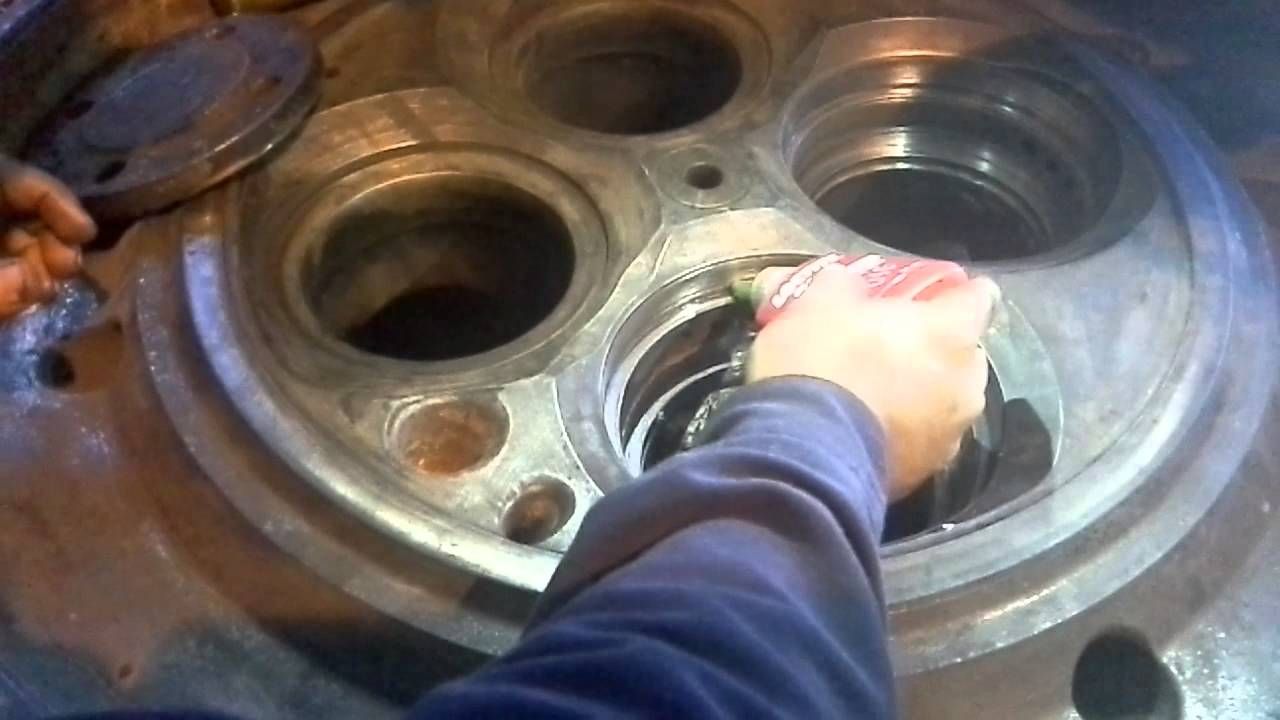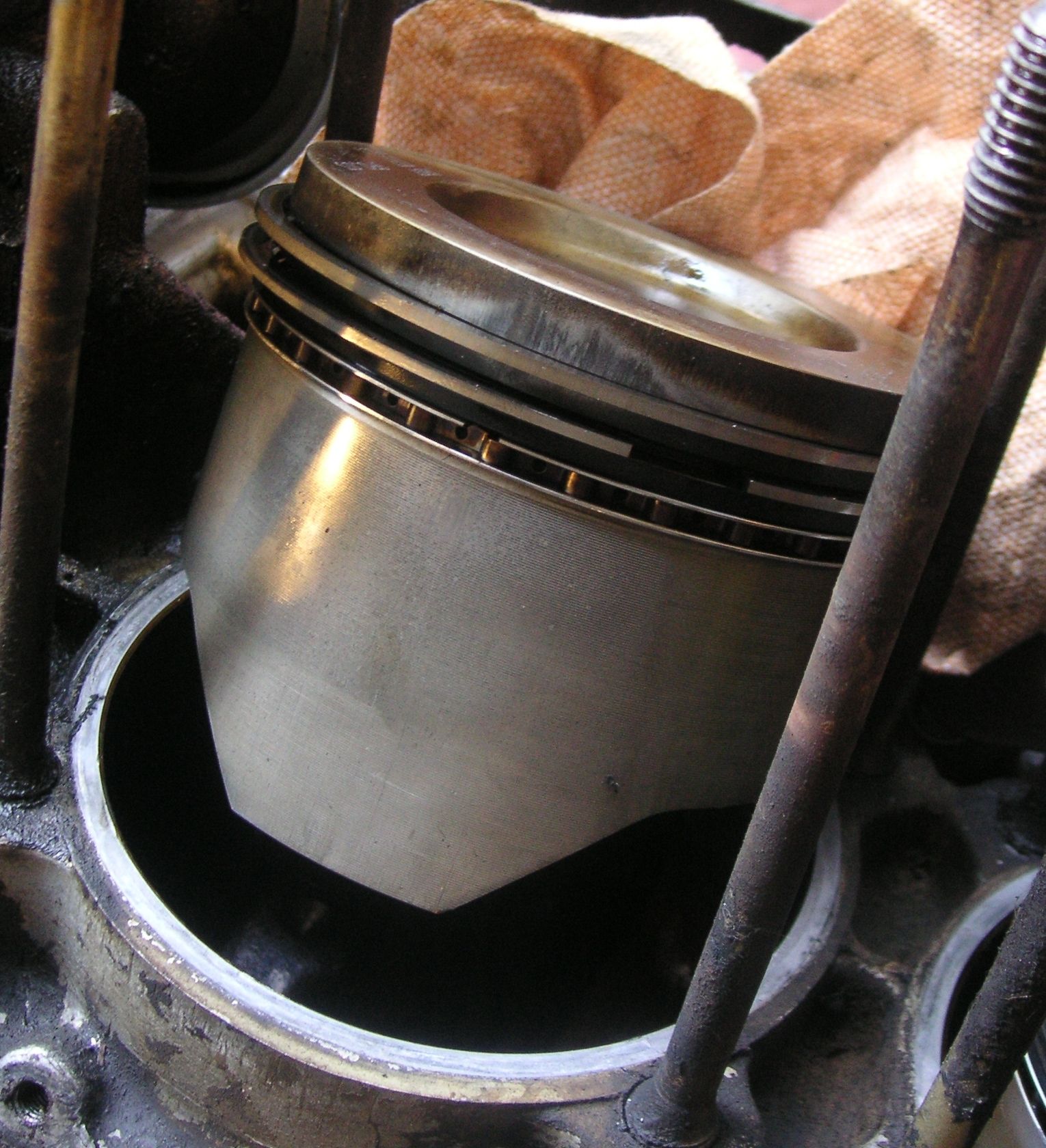What is an Easy Swap Into a V6 Jeep Liberty
The Chrysler-developed 3.7L V6 PowerTech, often known as the 3.7 EGK or Dodge 3.7L Magnum, is a six-cylinder gasoline engine that Chrysler manufactured from 2002 to 2012.
This 3.7L engine, which is also available in the Jeep Liberty, and Dodge Dakota, served as the base power choice for the Dodge Ram Pickup truck. GM only utilized the PowerTech engines in trucks and SUVs, but never in any sedan or hatchback vehicles.
The engine had a lot of reliability issues, and Chrysler tried upgrading it over the years, but those upgrades didn't seem to impact its reliability significantly. The engine had some unimpressive specs. It produced 210 horsepower and 235 lb-ft. Some critics claimed that those specs made the PowerTech very useless in heavier vehicles.
One of the biggest complaints about the engine was that it takes time to accelerate. However, most owners state that the power is reasonable for daily drives and within the expected range for a V6 engine. The PowerTech had other issues like vibration/noise and relatively high fuel consumption compared to producing power.
Let's find out more about the engine and other common problems that owners have complained about.
The Chrysler 3.7L V6 PowerTech Engines: What Are They?

The American Motors Corporation (AMC) developed the Chrysler 3.7 V6 PowerTech engine. At the time, AMC was an independent automaker before joining Chrysler. So the engines had an early debut, and Chrysler got credit for the development.
After a prolonged hiatus since the '60s, the PowerTech engines became new additions to the Chrysler engine portfolio. They came in V6 and V8 versions with various displacements and capacities of 3.7, 4.0, and 4.7.
The 4.7 V8 engine that Jeep installed in the Jeep Grand Cherokee in 2002, along with the 3.7 V6 variants for the Jeep Liberty, is the first engine that Chrysler issued with the PowerTech logo.
Along with the 4.7 L PowerTech, Chrysler also introduced the 3.7 PowerTech engine. They had a 3.7-liter capacity and produced 210 HP and 235 lb-ft of torque in midrange RPMs. The engine features a SOHC design with two-valve heads and employs a counter-rotating balance shaft placed between the cylinder banks to reduce vibrations in a V6 configuration.
The 3.7L PowerTech Common Problems: Valve Seat Failure

You can find the valve seats within the engine head. The valve seats ensure that the exhaust and intake valves are completely sealed shut when they are closed. When one of the valves is closed, the head of the valve rests against the valve seat.
When a valve seat malfunctions, the valve may not be able to completely close, which will compromise the airtight seal that supports cylinder compression. After the malfunctioning, the final outcome is a loss of compression within the cylinder.
When a cylinder's compression is low, air will escape as it attempts to compress air. This will essentially render the whole cylinder useless. If left unattended for too long, this may lead to other engine issues in addition to having a negative impact on performance.
The most frequent reason for valve seat failure on Dodge and Jeep 3.7 PowerTechs is excessive engine heat. Excess engine heat may deform the seat's metal construction, causing it to detach from its place.
The failure of a valve seat often affects just one cylinder. The good news about this is that one cylinder losing compression does not cause the other cylinders to lose it too.
Now, the difficulty is that it might be challenging to identify the issue when one cylinder malfunctions. Your engine will effectively operate on five cylinders rather than six, which may not make much of a difference in terms of performance.
Your only replacement option, in this case, is to rebuild or totally replace the cylinder head since the valve seats push directly into the cylinder head. Whether you decide to swap out the current head or rebuild it, you'll probably have to pay a repair charge of at least $1,000.
Other PowerTech Issues: The Piston Ring Landings

Piston heads have unique rings on them. These rings hold the piston in place against the cylinder wall. A tight seal is maintained between them and the cylinder wall.
The rings that are on the PowerTech have a design flaw that makes them generate too much heat within the engine. The engine also has relatively few oil drain openings, which makes the heat issue worse. Heat in excess may degrade oil, causing it to thicken and get trapped within the engine.
In addition to having a negative impact on performance, excessive heat may seriously harm internal engine components. It may also lead to the failure of many other engine support systems. According to Powertrain Products, the 3.7L PowerTech might experience this as soon as 75,000 miles.
Source: https://www.hotcars.com/chrysler-powertech-37-liter-v6-engine/
0 Response to "What is an Easy Swap Into a V6 Jeep Liberty"
Postar um comentário